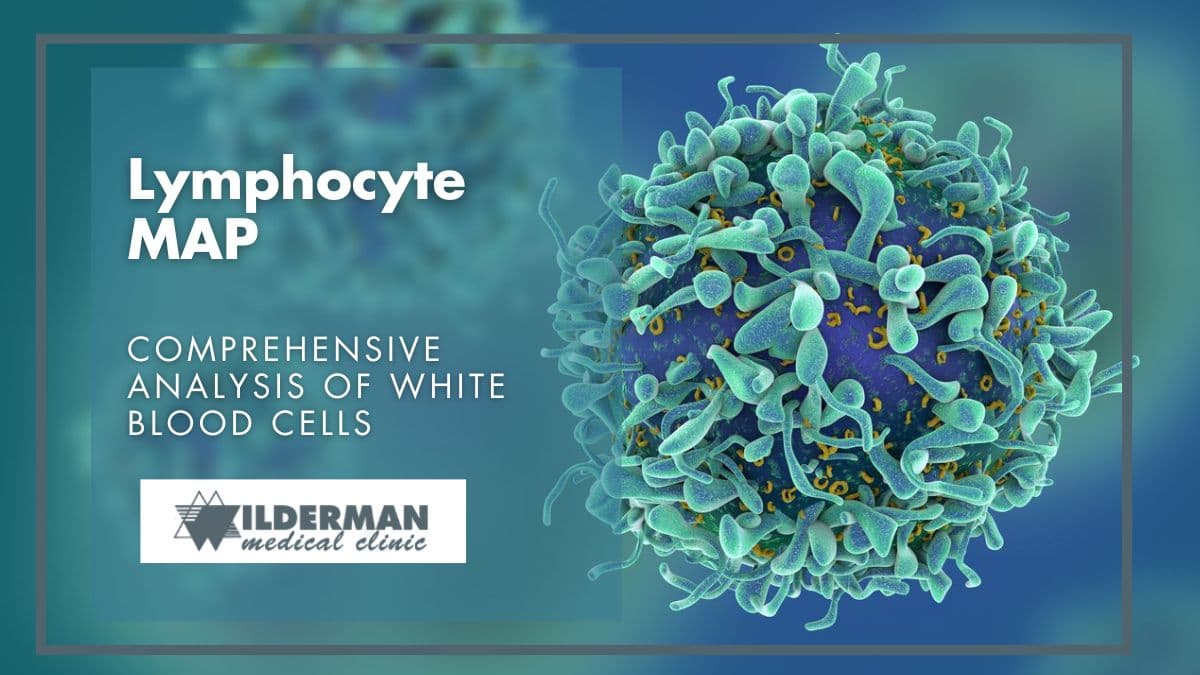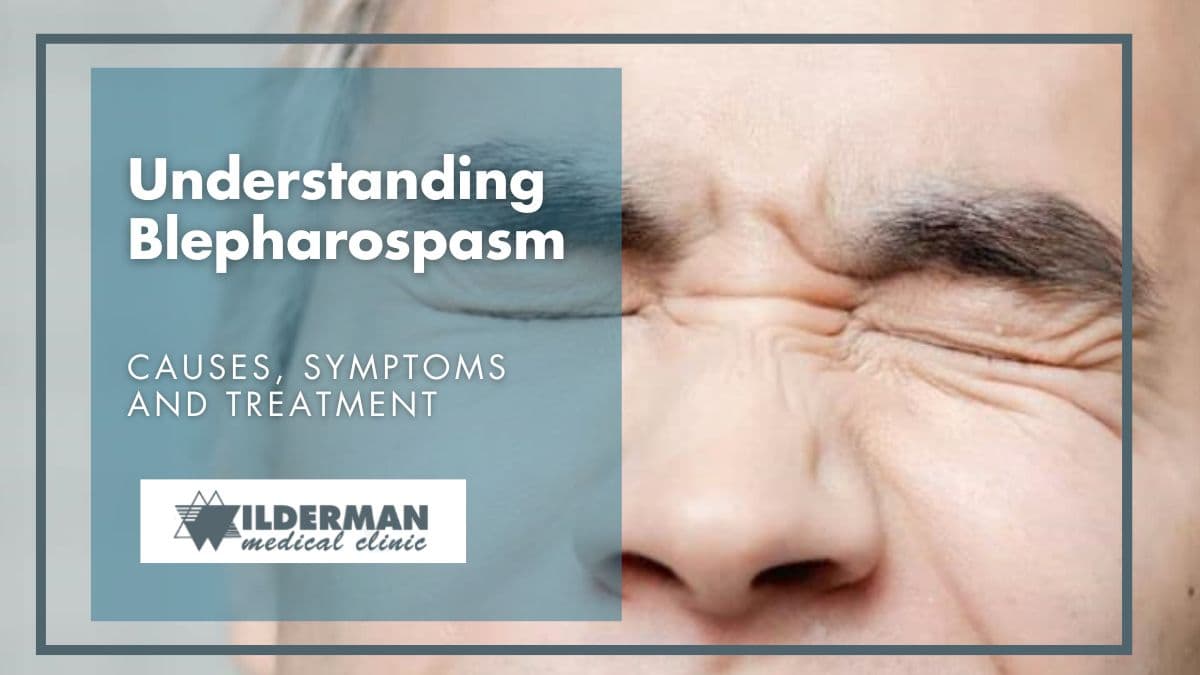Platelet-Rich Plasma (PRP) for Pain Management: A Revolutionary Approach

In recent years, platelet-rich plasma (PRP) has emerged as a promising therapy for pain management, captivating the medical community and patients alike. PRP is a regenerative treatment that utilizes a patient’s own blood components to promote healing and alleviate pain. This cutting-edge therapy has gained attention due to its minimal side effects, efficacy, and potential for treating various conditions.
The Theory Behind How PRP Works
PRP therapy uses platelets from our blood, which have healing properties. Platelets contain growth factors and cytokines that help tissues heal and repair.
First, a small amount of the patient’s blood is taken. Then, the platelets are concentrated using a machine called a centrifuge.
The concentrated platelet-rich plasma is then injected back into the injured area. Once injected, PRP releases growth factors that promote cell growth, create new blood vessels, produce collagen, and regulate the immune response. This helps the tissue heal and reduces pain while improving function.
Benefits of PRP
Platelet-Rich Plasma (PRP) therapy offers several benefits that make it an attractive option for various medical conditions. Some of the key benefits of PRP include:
- Reduced risk of side effects: PRP is autologous, meaning it comes from a patient’s own body, reducing the risk of adverse reactions or complications associated with foreign substances.
- Minimally invasive: PRP treatments involve simple injections, which are less invasive compared to surgeries and require minimal downtime.
- Natural healing: By utilizing the body’s own healing mechanisms, PRP promotes natural regeneration and repair, rather than relying on external interventions.
- Potential for non-surgical treatment: PRP may offer a non-surgical alternative for patients who prefer to avoid invasive procedures.
- Long-lasting relief: Studies suggest that PRP treatments can provide long-lasting pain relief and improved function, reducing the need for frequent interventions.
- Targeted treatment: PRP can be precisely targeted to the affected area, such as a specific joint, tendon, or muscle, allowing for focused treatment where it is most needed.
Versatility: PRP has shown promise in treating a wide range of conditions, including musculoskeletal injuries, chronic tendinopathies, osteoarthritis, and some aesthetic and hair loss concerns, making it a versatile therapy.
Risks and Side Effects of PRP
While Platelet-Rich Plasma (PRP) therapy is generally considered safe and well-tolerated, there are potential risks and side effects that individuals should be aware of before undergoing treatment.
Some of the risks and side effects associated with PRP include:
- Pain or discomfort at the injection site: Mild pain, soreness, or discomfort at the site of PRP injection is a common side effect. This discomfort is usually temporary and can be managed with over-the-counter pain relievers if necessary.
- Infection: There is a risk of infection with any injection procedure. While the risk is relatively low, it is essential for the healthcare provider to follow proper sterile techniques during the PRP preparation and injection process to minimize this risk.
- Allergic reactions: Although PRP is derived from the patient’s own blood (autologous), there is still a slight chance of an allergic reaction to the injection components. However, such reactions are extremely rare.
- Bruising and swelling: Some patients may experience mild bruising or swelling at the injection site. This is a normal response to the procedure and usually resolves on its own within a few days.
- Nerve damage: In very rare cases, the needle used for the PRP injection may cause injury to nearby nerves. This can lead to temporary or, in extremely rare cases, permanent nerve damage.
- Lack of effectiveness: While PRP has shown promising results in many cases, it may not work equally well for everyone or for all conditions. The extent of its effectiveness can vary depending on the individual’s specific condition and response to treatment.
- Potential for disease transmission: Although PRP is derived from the patient’s own blood, there is still a very low risk of disease transmission if proper protocols for blood handling and processing are not followed.
Limited research and clinical evidence: While the body of research on the subject of PRP has increased significantly in the past few years, ongoing research is still required to fully understand its optimal applications and effectiveness for various medical conditions.
Current research and applications of PRP
Platelet-Rich Plasma (PRP) therapy has shown promise in treating various medical conditions, particularly those involving musculoskeletal injuries and soft tissue disorders.
While its applications are continually expanding, some of the conditions that PRP has been used to treat include:
- Osteoarthritis: PRP injections have been utilized to treat osteoarthritis, particularly in the knee, hip, and shoulder joints. PRP may help reduce pain, improve joint function, and slow the progression of cartilage degeneration.
- Tendon injuries: Conditions such as tendinitis and tendinopathy (e.g., Achilles tendonitis, tennis elbow, rotator cuff tendinopathy) may respond well to PRP therapy. It can aid in the healing of injured tendons and reduce pain.
- Ligament injuries: PRP may be considered for certain ligament injuries, such as sprains and partial tears, to support the healing process and enhance stability.
- Muscle injuries: PRP has been used in the treatment of muscle tears and strains, helping to promote healing and reduce pain in injured muscle tissue.
- Chronic tendinopathies: Chronic conditions involving tendons, like chronic patellar tendinopathy (jumper’s knee), may benefit from PRP injections.
- Chronic wounds: PRP has been explored as a potential therapy to improve wound healing, particularly in cases of chronic non-healing wounds, such as diabetic foot ulcers.
- Dental and maxillofacial applications: PRP is used in dental procedures to aid in bone regeneration after tooth extractions, dental implants, and maxillofacial surgeries.
- Postsurgical healing: PRP has been studied for its potential to enhance tissue healing after certain surgical procedures, promoting faster recovery.
A few non-pain-related applications for PRP treatment include:
- Hair loss treatment: PRP has been investigated as a treatment for androgenetic alopecia (male and female pattern hair loss) to stimulate hair follicles and promote hair growth.
- Aesthetics and skin rejuvenation: PRP has gained popularity in cosmetic and aesthetic medicine for skin rejuvenation. It is used in procedures like the “vampire facial” to improve skin texture, tone, and collagen production.
It is essential to emphasize that while PRP has shown promising results in these conditions, its effectiveness can vary among individuals, and not all cases may respond to PRP therapy.
Additionally, ongoing research and clinical trials continue to explore the potential of PRP in treating other medical conditions and expand its scope of applications.
Future Possibilities
Looking ahead, the future of PRP holds exciting possibilities, including:
- Refining treatment protocols: Continued research will likely lead to the development of standardized treatment protocols, optimizing the concentration of platelets and growth factors for specific conditions.
- Personalized medicine: Advancements in technology and research might enable personalized PRP treatments, tailoring the therapy to individual patients based on their unique needs and characteristics.
- Enhanced understanding of mechanisms: Further research may uncover more about the specific mechanisms by which PRP works, providing insights that could lead to new applications and innovations.
Regulatory approvals: With more research and data, regulatory bodies may approve PRP for specific indications, increasing accessibility to patients.
Takeaway
Step into the realm of revolutionary pain management with platelet-rich plasma (PRP) therapy!
This groundbreaking approach taps into the body’s innate healing powers, offering reduced side effects and natural recovery – a refreshing alternative to invasive procedures.
While the field is still blossoming, current research and applications reveal PRP’s potential in soothing pain from various musculoskeletal conditions. With ongoing advancements, PRP therapy is primed to transform pain management, bringing newfound relief and improved quality of life to countless patients worldwide.
Remember, consulting with your healthcare provider is key to uncovering whether PRP is the ultimate remedy for your specific needs and condition. Embrace the future of pain relief!
Reference
Johns Hopkins Medicine. (n.d.). Platelet-Rich Plasma (PRP) Treatment. Retrieved from https://www.hopkinsmedicine.org/health/treatment-tests-and-therapies/plateletrich-plasma-prp-treatment (Accessed Jul 21, 2023).
Thu AC. The use of platelet-rich plasma in management of musculoskeletal pain: a narrative review. J Yeungnam Med Sci. 2022 Jul;39(3):206-215. doi: 10.12701/jyms.2022.00290. Epub 2022 Jun 8. PMID: 35673831; PMCID: PMC9273137.
Florida Pain Medicine. (n.d.). What Makes PRP Therapy So Effective for Pain Management? Retrieved from https://www.floridapainmedicine.com/blog/what-makes-prp-therapy-so-effective-for-pain-management (Accessed Jul 21, 2023).
Upper Room Clinic. (n.d.). PRP Therapy for Chronic Pain and Injuries in Toronto. Retrieved from https://upperroomclinic.com/prp-chronic-pain-injuries-toronto/ (Accessed Jul 21, 2023).
Advanced Pain Medical Group. (n.d.). Platelet-Rich Plasma (PRP) Therapy. Retrieved from https://www.treatingpain.com/treatments/platelet-rich-plasma-prp-therapy-/ (Accessed Jul 21, 2023).
Need to get in touch?
Address: 8054 Yonge Street Thornhill, Ontario L4J 1W3
Phone: (905) 886 1212
Latest articles
April 27, 2024
April 27, 2024
April 27, 2024
April 27, 2024
April 27, 2024






